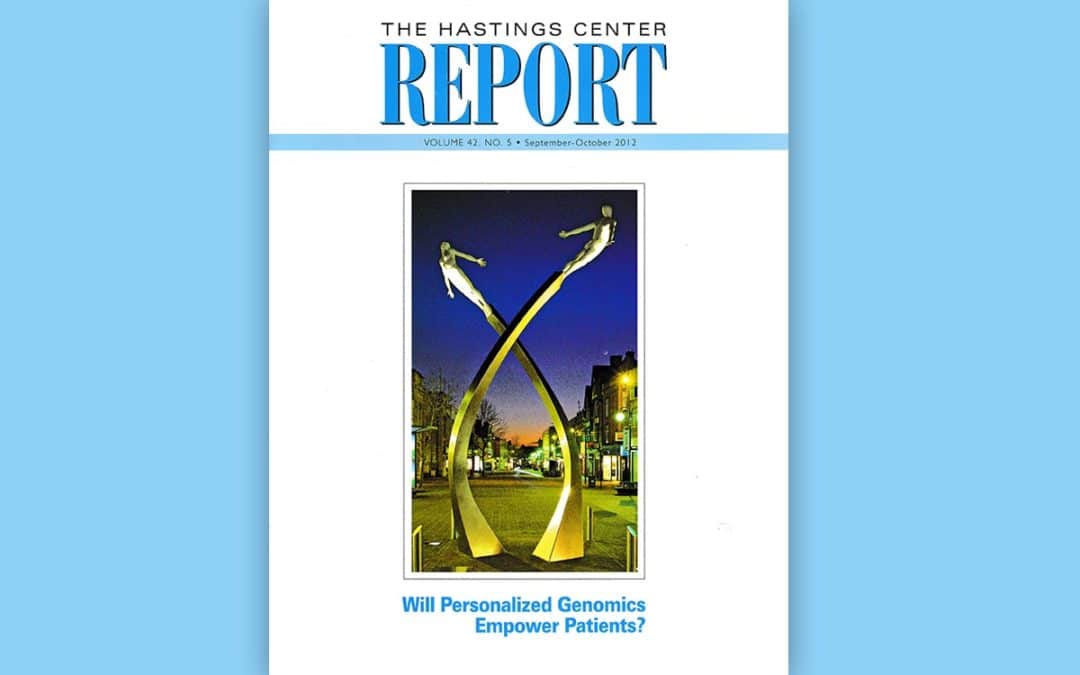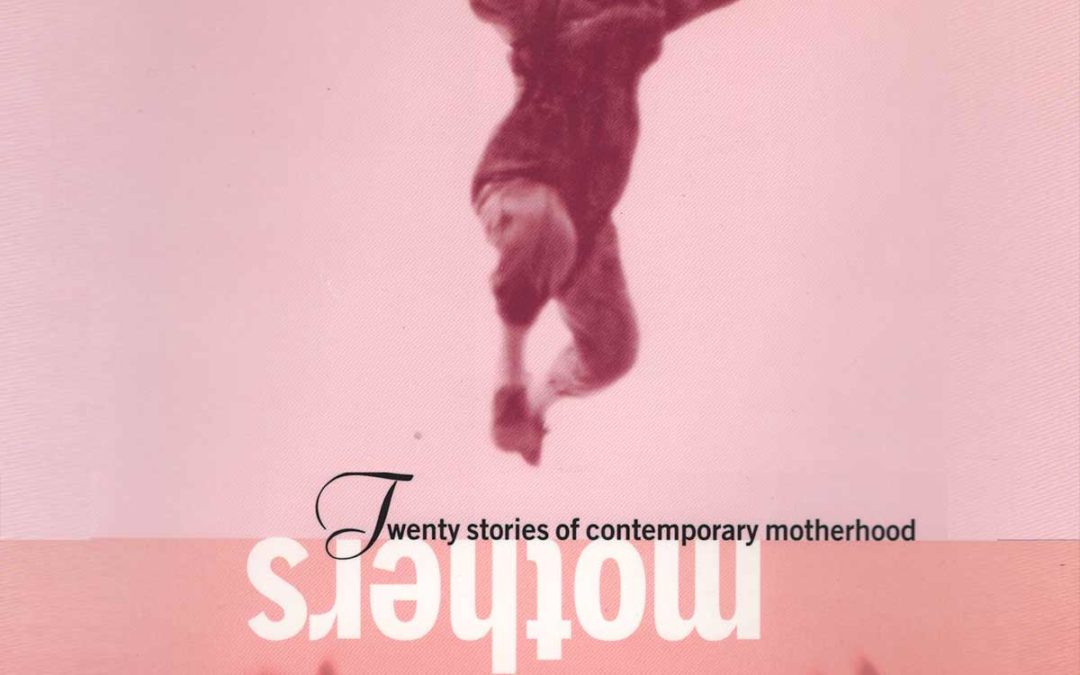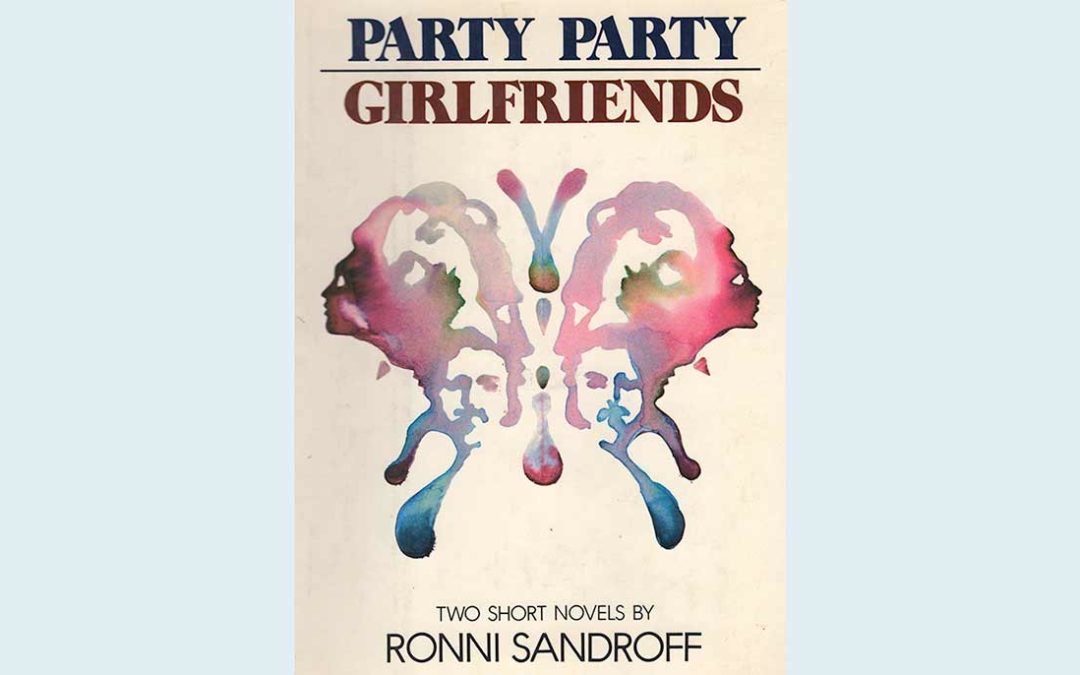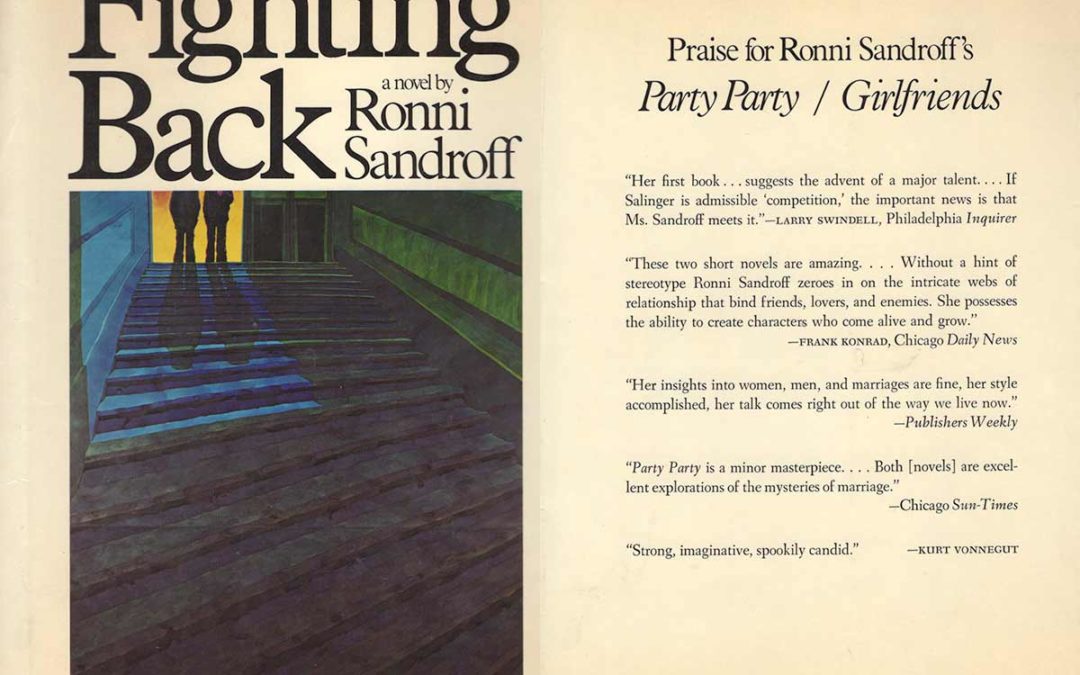By Ronni Sandroff | Aug. 2016 | Thetransitionnetwork.org
The explosion of interest came as a surprise to the organizers. It was standing-room-only at the first workshop on senior housing options hosted in 2012 by the San Francisco/Bay Area chapter of The Transition Network. This national network brings together women age 50+ as they experience personal and professional changes.
About 60 women participated in that first half day of presentation on co-living options by Chris Kennedy of Age2Age. They then broke into groups and began to connect and explore their own housing needs and desires. The choices discussed ranged from how to carefully evaluate and contract with a compatible roommate or two, to creating or joining a larger co-living community.
Four years later, TTN-HOME in the SF Bay Area is a robust group that has held more than 30 housing workshops and amassed a listserv of over 500 people who post their needs for housing and available rooms or homes for sale or rent.
Their workshops allow participants to connect with others who have similar housing concerns and to support one another as they explore their options. They’ve also hosted programs on such topics as retirement communities and affordable senior housing.
Age-friendly living
“We have people coming with a range of different needs,” says Arlene Reiff, one of the founders of the TTN-HOME planning team. Reiff helped start the group because she knew she didn’t want to live alone after her housemate of 22 years died. “Some people are thinking ‘what if’ I need some help and can’t live on my own in the future?’” says Reiff. “Others don’t want to live alone right now; they want to be part of a community and perhaps share living space, and still maintain their independence.”
Most of the attendees are women–some newly single after a death or divorce–, but some men and couples have also attended, notes Reiff, who is now embarking on a trial shared housing arrangement with a woman she met at a TTN-HOME workshop. Reiff found a house that’s across the street from her grandchildren. A dream come true.
Finances are a pressing issue for many, as the San Francisco Bay area has seen skyrocketing real estate and rental costs and the disappearance of many rent controlled units. But affluent women are interested too, and one threesome in Philadelphia has purchased real estate together for co-living and are now also sharing a winter retreat in Sarasota, Florida. Even if participants don‘t immediately find their ideal roommate or community in the TTN-HOME groups, they will find support around housing issues. The discussions help make fuzzy and even panicked thinking a little clearer.
Developed as a pilot program, TTN-HOME groups are beginning to sprout up across the country. Mona Kreaden, who is also a founder of TTN-HOME, is serving as an ambassador and consultant. “The New Jersey chapter has already had their first workshop, which was enthusiastic and well attended,” says Kreaden, who is presenting a program on TTN-HOME at the Positive Aging conference in August in Washington, D.C., and in October at the Village to Village conference in Columbus, Ohio.
Inspirations for planned communities include aging in place virtual villages such as Beacon Hill Village in Boston and Ashby Village and NextVillageSF in Berkeley and San Francisco and lower cost artist housing, such as Westbeth in Greenwich Village, NY and the Burbank Senior Artists Colony in Los Angeles. Hibiscus Common, an East Bay group that emerged from a TTN-HOME workshop, has been meeting for 1.5 years to explore buying a building for a co-living community and providing some units for affordable housing. The group has secured one small grant and is working with organizations that may be able to help with funding.
The elusive “community”
Certainly, the idea of old age communes has been around for many decades, and there are a number of models in the U.S. and abroad, but the crush of baby boomers rounding the age curve is accelerating innovation. For The Transition Network’s 14 local chapters, which act as catalysts to spark members’ life-long learning, networking, personal growth, and community enhancement, a great first step is to pull together information on local housing options and resources.
While some locales have little aside from traditional assisted living facilities, in other areas nonprofit and government groups, have identified Naturally Occurring Retirement Communities (NORCs) with an aging population that needs housing, services, and transportation options so they can “age in place.” For example, The New York Foundation for Senior Citizens http://www.nyfsc.org/, has started a home-sharing program that helps match people who need affordable housing with those who have extra rooms to rent in neighborhoods such as Sheepshead Bay and Bedford Stuyvesant in Brooklyn.
For others, “aging in place” may not be realistic, notes Jacquelyn Browne, Ph.D., LCSW, professor of gerontology at Nova Southeastern University in Florida. Children and friends may move away, and the old neighborhood can become too run down or too expensive for older people. Or, that house in the suburbs may become too isolating. “Like many younger folks, seniors may want an urban area near cultural venues, and with public transportation, so they don’t have to worry about driving,” says Browne.
One of the benefits of growing older, notes Browne, is that “our brains have accumulated more information and therefore more patterns from which to draw conclusions. This offers more ways of looking at things and therefore, expanded options when making choices.” She expects to see much innovation as baby boomers use their creativity to work through their living options.
Helping people tend their “Inner Home” is TTN-HOME’s latest stand alone workshop. It tackles “the barriers we create for ourselves that prevent us from moving, such as accumulated clutter,” Kreaden says. “Sometimes you have to clean up your inner home before you can begin to imagine looking for a new one.”

By Ronni Sandroff | Sept. 2012 | The Hastings Center Report
In this issue of the Report, Eric Juengst, Michael Flatt, and Richard Settersten, Jr., explore the positioning of genomic research as a “paradigm changer.” This notion has given the field a certain cache quite aside from its actual contributions to improved medical care. Genomic research is described to funders, health care leaders, and the public in language that includes a vision of the future. It will move us beyond the inadequacies of current medical care into a bold new world of personalized, predictive, preventive, and participatory medicine.
The analysis of Juengst and colleagues focuses usefully on the fourth “p,” taking a hard look at the equation of participatory medicine with “patient empowerment.” The authors note that patient empowerment makes a virtue of clinical necessity because prevention depends heavily on each patient’s lifestyle and behavior.
Patient empowerment is a noble ideal, but the authors point out that it can be a double-edged sword. Indeed, some advances in pharmacogenetics may leave patients less empowered-for example; your health insurance may decide not to pay for a drug or therapy because it has been shown to work infrequently in people of your genetic makeup. And the authors caution that genetic factors are just one part of what makes an individual respond-or not-to a particular treatment, noting especially the role of cultural expectations. The availability of pharmacogenomic information might end up limiting rather than expanding a patient’s power to influence medical care choices.
Other possible downsides to patient empowerment occur when profiling reveals an individual’s genetic susceptibility to various diseases. The authors discuss the risks of shifting the responsibility for health care onto the shoulders of the patient and stigmatizing people who do not, or cannot, make the “right” health choices. For, indeed, the biggest challenge in preventive medicine today is motivating people to do the simple but onerous things that we know work: eating less fat and lower calorie diets, exercising, and reducing stress. Does knowing more detail about your personal risks help motivate some people? Which types of people? This is a question that needs more serious study.
Genetic profile tests are sold online directly to consumers, some with subscriptions that update a person’s profile as new knowledge emerges. In a recent groundbreaking move, 23andMe, one of the more prominent testing companies, announced on July 30, 2012, that it had delivered its first round of 51O(k) documentation to the Food and Drug Administration seeking approval for twelve predictive tests. The company’s Web site says it now has 150,000 people genetically profiled in its database. These numbers will likely grow if the FDA approves genetic profile test kits and they become available to consumers in retail stores. If the tests are scientifically validated, the agency seems inclined to support access to health tests for consumers without the need for a prescription from a medical professional. For example, it approved the retail sale of the first rapid home test for HIV on July 3,2012.
Whether or not patients are actually empowered to take beneficial actions because of insights gained from genetic testing remains to be seen. But the power of consumer participation in health research is a new and growing factor, thanks to the connective power and convenience of the Internet. Juengst et al. mention how genomic researchers frequently discuss a “genetic citizenry” of early adopters who may actually help construct and advance technology by volunteering-and perhaps paying-for their own testing. If participatory Web sites like PatientslikeMe and CureTogether gain more numerical clout, crowdsourced medical research and rating of treatments become possible.
And health information is already being crowdsourced at Wikipedia, where more people read medical articles than at most other Web sites. For example, on the day I checked, the Wikipedia article on genetic testing had been viewed 39,190 times over the previous ninety days, while the article on diabetes mellitus had been viewed 663,279 times during the same period.
Like those in many other fields today, medical and health professionals are challenged to redefine their expertise and prerogatives in a way that can usefully coexist with the growing number of citizen scientists and participants who want to make their experiences count, contribute to a knowledge base, and help others. As Juengst and colleagues point out, this has the potential to disrupt the therapeutic relationship between patients and physicians. But it also has the potential to catapult us ahead in scientific knowledge. That makes it something that professionals should be wondering how to enhance and encourage, rather than fear.
Ronni Sandroff is editorial director, Health, and Family, at Consumer Reports

“You’ll Be Crying in a Minute,” remains one of my favorite pieces. The story was written at a time when motherhood was out of fashion amid all the excitement over women entering and succeeding in the workplace. Those of us who were pioneering working moms got plenty of encouragement for our career advancement, but no acknowledgment for the incredible emotional labor involved in parenting. Although I had a demanding magazine editing job, I always knew that I went to work to rest.
By Ronni Sandroff | 1996 | Mothers: Twenty Stories of Contemporary Motherhood | North Point Press | Originally published in Redbook Magazine
With other people suffering so much anguish, it doesn’t seem fair that the wings of trouble keep passing my family by. The four of us sit at dinner, evening after summer evening, without so much as a cold among us. Our house is not in a flood area, on an earthquake ledge, or near a combat zone: none of us is on methadone, taking fertility pills, or under indictment for a crime. I don’t work at a dead-end job. I have nothing to worry about.
And yet I’m as busy with worry as a woman trying to knit a sweater before her child can outgrow it. Worry knots my fingers; it rubs them raw. I tally all neighborhood suicides and accidents as if I were a bookmaker keeping odds on survival.
I wasn’t always this way. I was so busy tugging at the perimeters of our lives to make them take a shape that pleased me, so busy amending, revising, and adjusting our routines, that I had no idea I’d be filled with dread as soon as everything was right. I was raised to be heroic in times of crisis—to get the children to the hospital emergency room first and faint afterward. I was never taught to handle satisfaction, admiration, praise.
Cara set next to me in the company cafeteria today, and after a comment about hard pears and soggy bread she asked the usual question: “How do you manage both children and a job?”
The next time I give a serious answer to that question, I thought, I’ll have to be paid for it. “Badly—i do it all badly,” I said and tried to turn the talk to the one current film my husband, Gary, and I have managed to see.
“You don’t do it badly,” Cara said. “You just got a promotion—after only three months—and your son and daughter are beautiful.”
I put my sandwich down on its paper plate. Pastrami is hard to chew anyway, but it’s inedible when my mouth is full of motherhood. I tried to be patient with Cara. I admire her long, limp skirts and eyelet blouses, her permanent way, her salad lunches.
“I can’t imagine having kids,” Cara said, her fork darting for an olive. “And I’m almost thirty-three. Neil and I haven’t much time to decide.”
I batted her a few reasons for not having children. I exaggerated Sarah’s aggressiveness (“Almost ever day I get a call from the mother of some child she’s bloodied”) and Kane’s prying (“I think he listens at the door when we make love.”) I told her of the spring of the great chicken-pox epidemic; about going home from our quiet office to find that no one’s put the potatoes in to bake; that Kane needs help with math and, horror of horrors, Sarah has an art project due the next day, and there’s not a shoe box in the house.
Care kept the same bemused expression on her face no matter what I said. “Does it hurt a lot, having a baby?”
“Yes. It hurts a lot, and it keeps on hurting,” I said meanly. Damn her narrow hips and graceful arms. Damn her questions. I don’t want to be forced to make up explanations for what I do with passing, by instinct, blindly. If I’d thought about it as much as she thinks about it, I might have talked myself out of having children too.
The lunch with Cara leaves me shaken. It’s bad luck to hear someone say out loud, as Cara did, that I’ve had more than my share of goodies from life. Something could go wrong at any minute. After I began to work, whole afternoons would go by when I’d forget to worry about the children. I’d try to make it up to them when I got home.
As I drive down our street, I see a white truck with a revolving red light parked near our house. I know it isn’t an ambulance. I know it’s not parked in front of our house. But what if it were? During the one-block drive, I picture both children laid out on stretchers with burns covering ninety per cent of their bodies. There is no place I can touch them without causing pain. Their lungs are scorched; they cry in silence; their eyeballs melt.
The white truck belongs to the electric company. Men are digging in the asphalt in the middle of the street. But even the sight of my family sprawled in front of the huge TV set can’t stop me from completing imagined funeral arrangements for them all. There are rows of sobbing school friends; a grandmother faints at the grave.
The baked potatoes are in the oven. The table is set. The children make a salad while I broil the chops, and although we keep bumping into each other in the small kitchen and green cucumber peels slap the floor, dinner is on the table in twenty minutes.
I sit down in my chair, put my face in my hands, and wait until the anxiety I have felt since lunch can ebb. When I look up, my family is staring at me.
“Hard day?” Gary asks.
“No, not particularly.”
“You look tired,” Sarah says.
Kane wiggles his eyebrows at me, his blue eyes popping in his latest imitation of a TV commercial.
I put sour cream on my baked potato and pour juice for Kane and Sarah. I pass Gary the chops. I tell Sarah not to sit on her feet. I ask Kane to stop wiggling his eyebrows.
The children eat quickly and leave the table before I’ve finished my salad. They go into Kane’s small room, right off the dining alcove, and close the door.
“Remember Kalligan, the man who owned the liquor store on Ocean Avenue?” Gary asks.
I brace myself for a tale of trouble. “What happened to him? Was he hit by a truck? Did he leap from a burning building? Was he arrested for bribing a state liquor inspector?”
“I don’t make these things up.”
“You always bring home terrible news. What happened?”
“I’m not going to tell you if you’re going to take it personally.” But he cannot hold out. “The poor man had a heart attack. He dropped dead in his store. A customer found him.”
“That’s too bad. I liked him.” when will other people say such things about us? Too bad about Sarah and Kane. Too bad about Gary’s accident. Too bad about Sheila’s nervous breakdown—did you hear? They’re giving her shock treatments. She sobs all day, mourning the future victims of a nuclear war.”
I start to laugh, and Gary gives me one of his looks—jaw rigid, eyes cold as aluminum—warning me back to sanity.
“It strikes me as funny sometimes,” I say. I drop a tomato from my fork as I try to explain. “All the world’s problems loom over us like monsters in a nightmare, but we just keep chasing after our personal happiness. The human race is so dumb and funny, and cute.”
Gary smiles tentatively. “Cute, huh?”
“Yes, cut. Especially you.”
We hear thumps and squeals from Kane’s room—the hysterical laughter of a small boy being tickled by his older sister, tickled until his sides ache and he can’t break and wants to put a sneaker in her ribs.
“They’ll be crying in a minute,” I say to Gary. He nods. I rise to rap on the closed door. “Keep the noise down.”
“Okay,” they say, still giggling. I can hear the thumps of pillows being thrown across the room. My mother’s word is struggling to be said: You’ll be crying in a minute. At the most ecstatic moments of my childhood, I heard that.
The laughter turns to shrieks. I try to open Kane’s door, but it is blocked by their bodies piled in a jumble of limbs. I squeeze through the small opening.
“We’re having fun,” Sarah calls.
Kane peers out from beneath her chest and wiggles his eyebrows.
I know someone will get hurt. It’s dangerous to feel so good. Too much happiness attracts the evil eye of disaster. Or is it dwelling on disaster than brings it on? It’s hard to know which superstition to believe. The children, frozen in mid-tickle, start at me. I hold myself tight, refusing to contaminate them with my fears.
“I didn’t’ have the heart to stop them,” I tel Gary, falling back into my chair. “Their idea of fun is to tickle and scream until they turn blue.”
Gary touches my hand. “They’re both at a good age. Not babies anymore but too young to have a driver’s license. Did you hear what happened to the oldest Kenmore boy?”
I smile at him. He’s looking awfully good with his face tanned. I stop wondering why some slim-hipped secretary doesn’t walk off with him; I’ve fed the snapping jaws of worry enough today.
And I resist asking what happened to the Kenmore boy. Our children are at a good age if you can stand the noise, and we’re at a good age too. We’ll all be over the edge soon, but meanwhile, in the sliver of time before the sobbing starts, I let the dangerous feelings of contentment fall like a light shawl on my shoulder and slip off my watch so I won’t be able to count the minutes until the eleven o’clock news.

Party Party
“At once serious and light-handed, these novels mark an auspicious debut for a natural—a brilliant—young writer.”
Danny Yoder, graduate student and deserted husband of Allegra, talks—and drinks—through the long night of his wife’s disappearance, waiting for her to (perhaps) come home. He talks in his own voice (“I’m the bastard of the piece. The bleak truth is that tonight would have been boring if Allegra came home.”) soon he is speaking in a carousel of vices conjured from memory or fancy, keeping him company while he keeps his panic at bay.
Here, captured with a rare combination of ventriloquial mimicry and a knowing tenderness, is the emotional whirligig that marriage (and the suspense of separation) can engender.
Girlfriends
The friends. Isabel Schneider: 29, “fulfilled homemaker,” mother of three, the perfect graduate-student wife of Brian—swims in the morning, works in a daycare center, knows exactly how to spend the money her in-laws send to make a cozy home and refuge for her endlessly aspiring scholar-husband. And Zimmie Alp: 21, a born blues singer and composer, lover of Chopper—jock and blooming revolutionary—and pregnant with his child, believer in Free Relationships—no contracts. Zimmie has been (just temporarily) abandoned by Chopper. Isabel has just learned that her husband is unfaithful.
Through the days of their closeness, through the chinks in their immense difference, through talk Isabel starts to know who she is and Zimmie opens up to the aches that survive all her resolve never to be possessive. In their exchange of nerves, in the self-confrontation each inspires in the other, each moves away from a hidden scaredness towards the capacity for real and risky decision.
Click Here to buy the book




